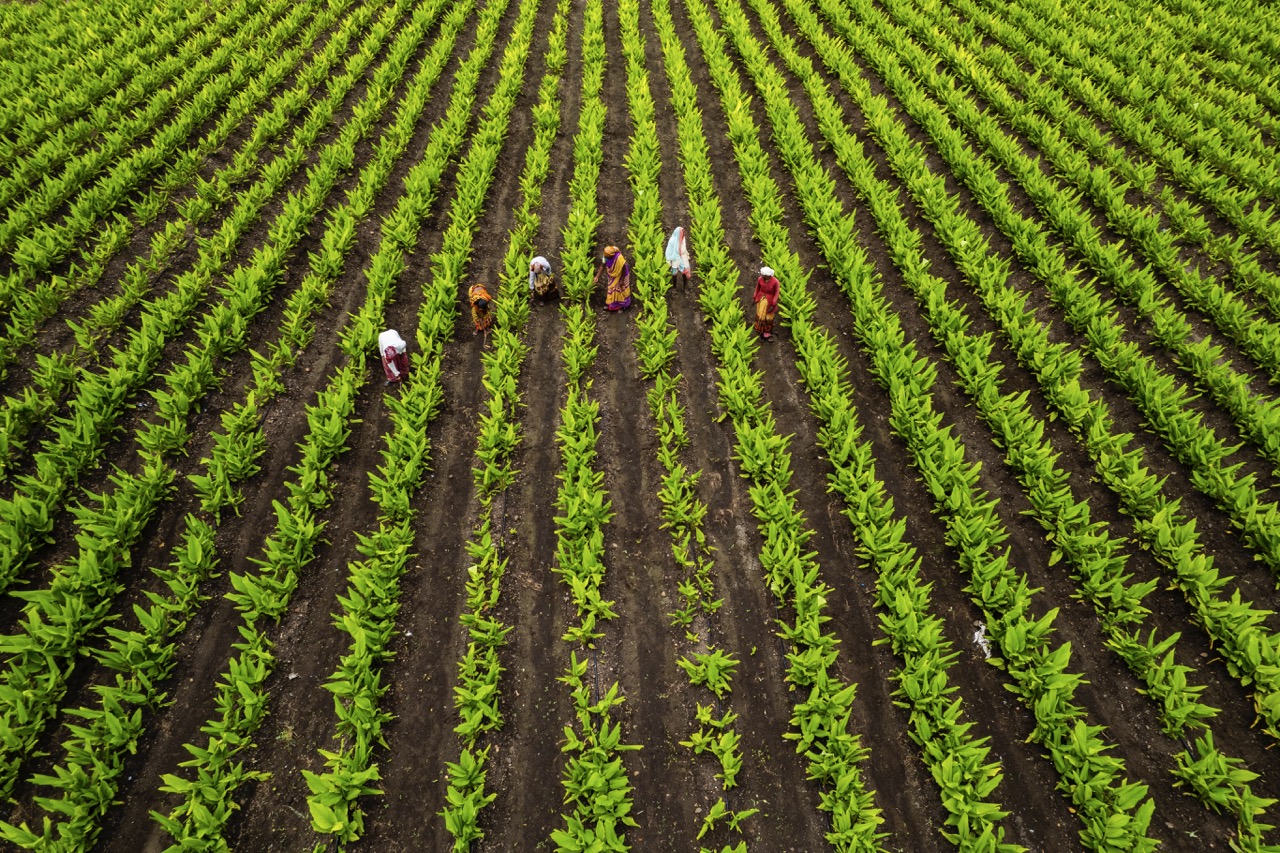Sharecropping has a storied history, often associated with agricultural practices that emerged in the wake of the American Civil War. It was a system that allowed landowners to rent out their land to tenants, who would farm it in exchange for a share of the crops produced. While it provided opportunities for many, it also led to exploitation and disputes over profits and responsibilities. In today’s agricultural landscape, the principles of fair and transparent sharecropping agreements remain vital for fostering equitable partnerships. This article will explore the foundations of sharecropping, the essential components of a fair agreement, the importance of transparency, and the legal considerations necessary for crafting such agreements.
Understanding Sharecropping: A Historical Perspective
Sharecropping emerged as a solution for landowners who needed labor and for formerly enslaved individuals seeking work after the abolition of slavery. In the 19th century, it became a predominant system in the Southern United States, allowing landowners to maintain their properties while offering a means of subsistence to laborers. Unfortunately, this relationship often became exploitative; sharecroppers were frequently saddled with high costs for supplies and housing, which were deducted from their crop shares, leaving them in a cycle of debt that was challenging to escape.
The historical context of sharecropping also sheds light on the power dynamics at play. Many sharecroppers found themselves at the mercy of landowners who set unfavorable terms and had little incentive to foster a fair partnership. As a result, the sharecropping system was often marked by mistrust and conflict. Recognizing these historical injustices is essential for modern partnerships to ensure that agreements are designed with equity in mind, avoiding the pitfalls of the past.
Today, while the sharecropping model has evolved, its principles resonate in various agricultural partnerships worldwide. Understanding this history is crucial for both landowners and tenants to create an equitable relationship that acknowledges past injustices. With careful consideration and a commitment to fairness, contemporary sharecropping agreements can reflect the lessons learned from history.
Key Elements of a Fair Sharecropping Agreement
Creating a fair sharecropping agreement requires a clear understanding of the roles and responsibilities of both parties. One of the most critical components is the division of crops. Typically, the agreement specifies the percentage of the harvest that the landowner and tenant will receive. A balanced agreement should reflect the contributions of both parties, taking into account the costs of production, labor, and potential risks. Negotiating these terms openly can prevent future disputes and foster trust between the parties.
In addition to crop division, the agreement should detail responsibilities regarding land maintenance, equipment usage, and input costs, such as seeds and fertilizers. Each party’s obligations must be explicitly outlined to avoid ambiguity, which could lead to misunderstandings. For instance, if the tenant is responsible for all labor but the landowner provides the equipment, clarity on how profits are shared becomes essential. This aspect of the agreement is critical in establishing a collaborative spirit, ensuring that both parties feel invested in the success of the venture.
Lastly, a fair sharecropping agreement should include provisions for dispute resolution. Given the potential for conflicts over crop yields, financial obligations, or land use, establishing a process for resolving disputes is vital. This might involve mediation or arbitration, ensuring that both parties have access to fair channels for addressing grievances. By prioritizing these key elements, a sharecropping agreement can promote a healthy and equitable partnership that benefits both parties.
Ensuring Transparency in Agricultural Partnerships
Transparency is fundamental in building trust between landowners and tenants. Open communication about expectations, financial contributions, and the management of the land can significantly reduce the potential for conflicts. Both parties should have access to the same information regarding crop yields, expenses, and market prices. Regular meetings to discuss progress and challenges can facilitate an ongoing dialogue, ensuring that both parties remain aligned in their goals.
Documentation plays a crucial role in maintaining transparency. Keeping meticulous records of all transactions, costs, and crop yields offers a clear picture of the financial health of the partnership. This practice not only helps in assessing profit distribution but also serves as a reference in case of disputes. Utilizing technology, such as farm management software, can streamline record-keeping and provide real-time insights into the agricultural operation’s performance.
Furthermore, involving third-party stakeholders can enhance transparency in sharecropping agreements. Independent auditors or agricultural extension services can provide objective assessments of crop outputs and operational practices. This external validation can help both parties build trust, knowing that there is oversight in the management of the partnership. Ultimately, ensuring transparency within agricultural partnerships fosters a collaborative environment conducive to success.
Legal Considerations for Sharecropping Agreements
While establishing a sharecropping agreement, it is essential to consider the legal framework governing such arrangements. Laws regarding agricultural leases and tenancy can vary significantly by region, making it crucial for both parties to familiarize themselves with local regulations. Consulting with agricultural attorneys or professionals can help ensure that the agreement complies with all relevant laws, thus protecting the interests of both landowners and tenants.
Additionally, a well-structured agreement should be documented in writing to provide clarity and legal standing. This written contract should detail the terms previously discussed, including crop division, responsibilities, and dispute resolution mechanisms. Clear documentation serves as a reference point and can be instrumental in resolving any legal disputes that may arise in the future. Parties should also consider including provisions for unforeseen circumstances, such as natural disasters or market fluctuations, that could affect agricultural output.
Lastly, both parties should be aware of the tax implications associated with sharecropping agreements. The sharing of income from crop sales may have tax consequences for both landowners and tenants. Engaging a tax advisor can help both parties understand their obligations and optimize their financial planning. By addressing these legal considerations, sharecropping agreements can be structured to safeguard the rights and interests of all involved.
Crafting a fair and transparent sharecropping agreement is not just a matter of legal obligation; it is an ethical imperative rooted in the lessons of history. By understanding the dynamics that shaped sharecropping, emphasizing key agreement elements, ensuring transparency, and navigating legal considerations, landowners and tenants can create equitable partnerships that benefit everyone involved. As agriculture continues to evolve, fostering these positive relationships will be essential for ensuring sustainable and thriving agricultural communities.










